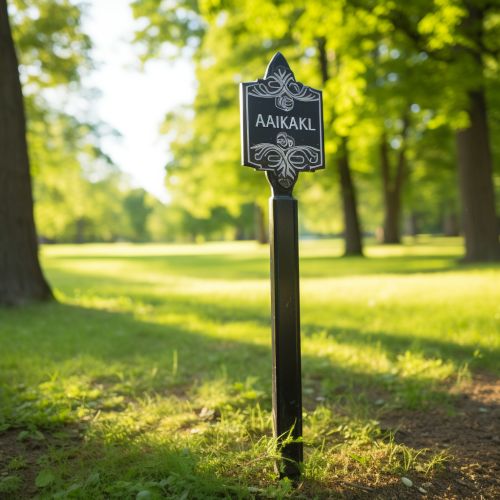Waymarking
Introduction
Waymarking is a recreational activity that involves finding and logging geographical locations around the world, typically marked by a waymark. It is a form of geocaching, but instead of searching for hidden containers, participants look for specific locations or landmarks. The activity is facilitated by various websites and mobile applications that provide databases of waymarks, allowing users to search for, log, and even create their own waymarks.


History
The concept of waymarking has been around for centuries, with people marking trails, paths, and significant locations for various purposes. However, the modern form of waymarking as a recreational activity started in the early 21st century, coinciding with the rise of GPS technology and the internet. The term "waymarking" was coined by Groundspeak Inc., the company that also created the popular geocaching website Geocaching.com. In 2005, they launched Waymarking.com, a site dedicated to cataloging waymarks worldwide.
Process
The process of waymarking involves several steps. First, participants use a website or app to search for waymarks in their area or in a location they plan to visit. Each waymark listing includes a set of coordinates, a description of the location, and often a photo. Participants then use a GPS device or a smartphone with GPS capabilities to navigate to the waymark. Once at the location, they log their visit on the website or app, often including a photo and a note about their experience. Some waymarks require specific tasks to be completed at the location, such as answering a question about the site or performing a specific action.
Types of Waymarks
There are many different types of waymarks, categorized by the nature of the location or the activity involved. Some common categories include:
- Historical Sites: These waymarks are located at sites of historical significance, such as battlefields, historic buildings, or monuments. Participants often learn about the history of the site as part of the waymarking experience.
- Natural Features: These waymarks are located at notable natural features, such as waterfalls, caves, or unique geological formations.
- Art and Culture: These waymarks are located at places related to art and culture, such as museums, art installations, or cultural landmarks.
- Oddities and Other: This category includes waymarks that don't fit into other categories, often featuring unique or unusual locations.
Benefits
Waymarking offers several benefits. It encourages outdoor activity and exploration, often leading participants to places they might not have discovered otherwise. It can also be educational, as many waymarks are located at sites of historical or cultural significance. Furthermore, waymarking can be a social activity, with participants sharing their experiences and discoveries with others in the waymarking community.
Challenges
Despite its benefits, waymarking also presents some challenges. The accuracy of GPS coordinates can vary, making some waymarks difficult to find. Additionally, some waymarks may be located on private property or in areas with restricted access. Participants are encouraged to respect all laws and property rights when waymarking.
